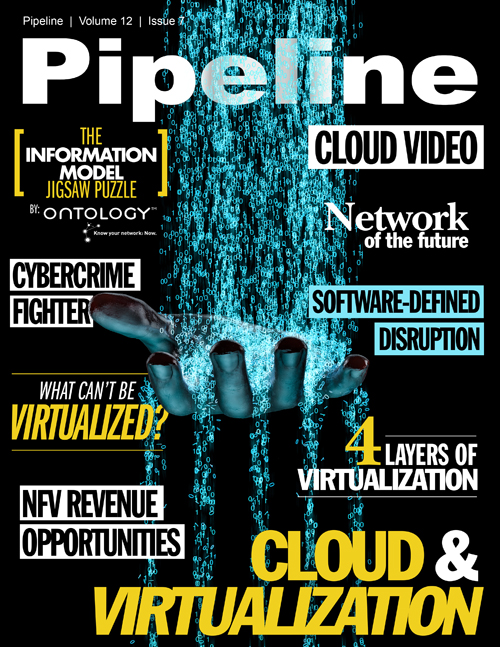The Four Layers of Virtualization
Policy and the alignment with commercial concerns is the next stage of virtualization
Network Policy & Commercial Orchestration
As rich as the LSO vision is on the network side, it still lacks something important: a commercial focus.Everyone would love to see the orchestra play live at Symphony Hall. Unfortunately, the number of seats in the Hall is limited. Likewise in networks, you need to differentiate services to ensure premium customers get the QoS they pay for -- and that the services for all types of customer don’t bump into each other.
This is why Mark Bieberich, Senior Director of Strategy at Netcracker Technology, predicts the scope of LSO will expand to include a strong dose of policy management: “The power of policy is it allows you to deliver a closed loop. It gives you a broader vision of life cycle orchestration that includes billing, rating and charging, partner management, and self-care – interacting with the BSS side is very important.”
So policy and the alignment with commercial concerns is the next stage of virtualization. And, obviously, the more services that live in the cloud and the more diverse they become, the more coordination and inter-application management across the network is required to get it right.
Sure, you could throw costly bandwidth at the problem; but if you do that, you break the SDN mandate to optimize. You are simply enriching the bandwidth merchants in the hope that it's enough to satisfy all your demands.
And applications worry about different things. Some are latency sensitive. Others can’t stand packet loss or jitter. Still others need massive amounts of bandwidth at certain times of day, say, when you’re replicating databases or batch updating a server farm. Each application has unique bandwidth and connectivity attributes to satisfy their SLAs – and many of these policy requirements will be dynamic.
If your customer is a Wall Street firm doing high frequency trading, that application is high latency sensitive – it can’t stand more than a 10 millisecond delay. Otherwise the firm loses a ton of money. So to support that customer, a policy engine needs to take in real-time assurance alerts. And the platform must also include a predictive function because in two hours’ time the network will be at peak load.
The linkage to closed loop policy and BSS functions is not here today. But you can bet that some large SIs are planning how to lead this commercialization parade.
End Game
OK, we’ve discussed four layers of virtualization, and there’s obviously much work ahead of us to achieve the full promise of what virtualization can be.But we can’t lose sight of the near-term goal of monetizing customer-sticky and OTT-proof services delivered from telecom clouds in areas like CE VPNs, security, and content caching.
That’s the first step. When we’re successful there, it will naturally lead to the Holy Grail of commercial success in high QoS and real-time services. And in that game, telecoms can beat their OTT, software, and enterprise appliance competitors at their own game.



















